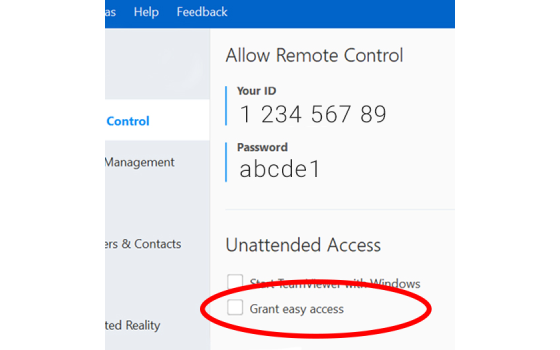


- What is oem application profile on my computer plus#
- What is oem application profile on my computer windows 7#
Therefore, there are several caveats to keep in mind when using the Temp folder location programmatically: Those instances are the only times that the images are created or updated. In addition, tiles for all other users on the computer are shown. When the user goes to the Manage Accounts subpage of the User Accounts Control Panel item.When the user first launches the User Accounts Control Panel item.After the user completes the initial system setup (OOBE).

The image file appears in the user's Temp folder: For example, DOMAIN\user is converted to DOMAIN+user.
What is oem application profile on my computer plus#
Any slash characters (\) are converted to plus sign characters (+). The user's tile image is stored in the %SystemDrive%\Users\\AppData\Local\Temp folder as.
What is oem application profile on my computer windows 7#
User Profile Tiles in Windows 7 and Later Changes made to one user's profile do not affect other users or other users' profiles. The settings cannot be accessed by other users. Settings in the user profile are unique to each user.When sharing a computer with other users, each user receives their customized desktop after logging on.When the user logs on to a computer, the system uses the same settings that were in use when the user last logged off.User profiles provide the following advantages: Windows Explorer uses the user-profile folders extensively for such items as the user's Desktop, Start menu and Documents folder. The user-profile folder is a container for applications and other system components to populate with sub-folders, and per-user data such as documents and configuration files. User-profile files are stored in the Profiles directory, on a folder per-user basis. A set of profile folders stored in the file system.The user's registry hive maintains the user's registry-based preferences and configuration. The hive is loaded by the system at user logon, and it is mapped to the HKEY_CURRENT_USER registry key. The registry hive is the file NTuser.dat. Temporary profiles are only available on computers running Windows 2000 and later.Ī user profile consists of the following elements: Temporary profiles are deleted at the end of each session, and changes made by the user to desktop settings and files are lost when the user logs off. A temporary profile is issued each time that an error condition prevents the user's profile from loading. Changes made by users to desktop settings are lost when the user logs off. Only system administrators can make changes to mandatory user profiles. A mandatory user profile is a type of profile that administrators can use to specify settings for users. The advantage of roaming user profiles is that users do not need to create a profile on each computer they use on a network. Changes made to a roaming user profile are synchronized with the server copy of the profile when the user logs off. This profile is downloaded to any computer that a user logs onto on a network. A roaming user profile is a copy of the local profile that is copied to, and stored on, a server share. Changes made to the local user profile are specific to the user and to the computer on which the changes are made. The profile is stored on the computer's local hard disk. A local user profile is created the first time that a user logs on to a computer. At subsequent logons, the system loads the user's profile, and then other system components configure the user's environment according to the information in the profile. The system creates a user profile the first time that a user logs on to a computer.


 0 kommentar(er)
0 kommentar(er)
